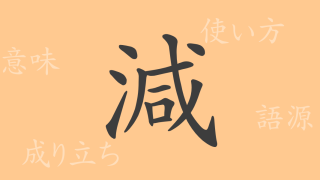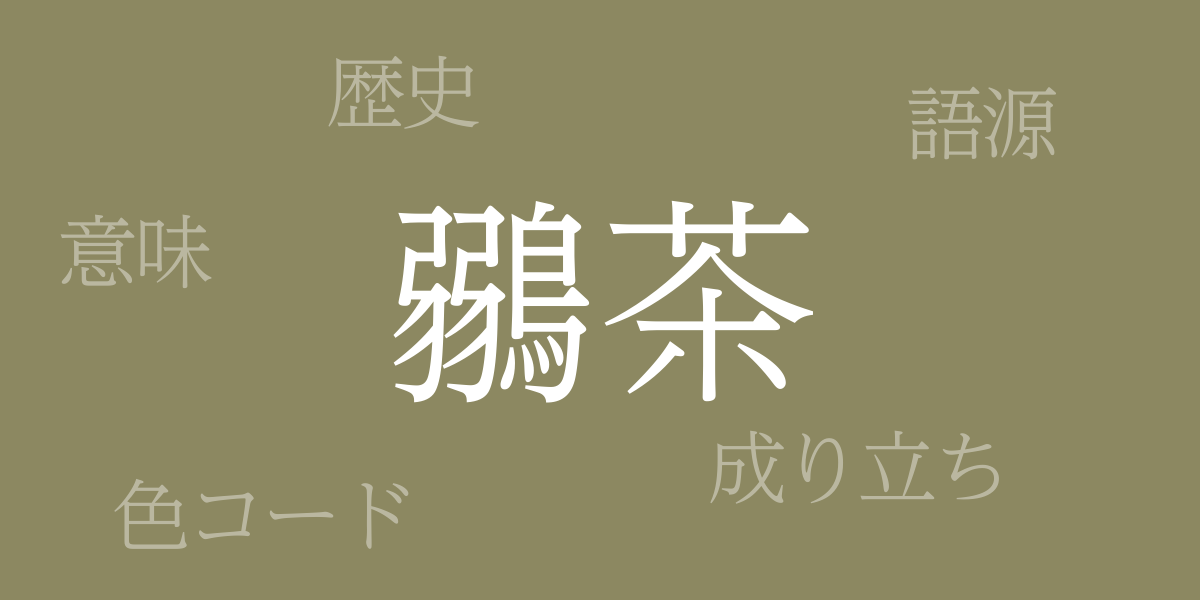Japan’s four seasons are vividly represented through a palette of colors, influencing culture and art for centuries. Among the array of traditional Japanese colors, ‘Hiwacha (鶯茶(ひわちゃ))’ stands out, rooted deeply in nature and tradition. This article delves into the allure of Hiwacha, exploring its color, historical significance, and modern applications, enriching our understanding of this unique hue.
About Hiwacha (鶯茶(ひわちゃ))
Hiwacha (鶯茶(ひわちゃ)), meaning ‘warbler tea,’ is a traditional Japanese color resembling a warm yellow-green. Named after the hue of a warbler’s feathers, Hiwacha combines the freshness of new leaves with the subdued tones of brown, often used in kimonos and traditional paintings. This color harmonizes with nature, symbolizing the Japanese sense of color.
History of Hiwacha
The use of Hiwacha dates back to the Heian period, cherished among nobility. It became more prevalent during the Edo period as color expression flourished, leading to the creation of many new shades. During this time, Hiwacha became popular among the common people, appearing in everyday items like kimonos and ceramics, solidifying its status as a traditional Japanese color.
Color Code of Hiwacha
In digital design and web production, knowing the exact color code for Hiwacha is crucial. Below are the color codes for this traditional hue:
- HEX: #8C8861
- RGB: R:140 G:136 B:97
- CMYK: C:53 M:45 Y:67 K:0
Western Name for Hiwacha
In Western contexts, Hiwacha is often referred to as ‘Olive Drab’ or ‘Green Tea.’ These names evoke the calm green shade of Hiwacha, facilitating international color communication. This shade’s versatility shines in fashion and interior design, among other fields.
Summary on Hiwacha
Hiwacha, with its rich natural and historical background and unique shade, has been cherished by many. In contemporary times, its color code is utilized in digital art and design, gaining recognition internationally. Transcending cultural boundaries, Hiwacha continues to captivate hearts globally as a color that embodies both traditional Japanese and modern aesthetics.

























